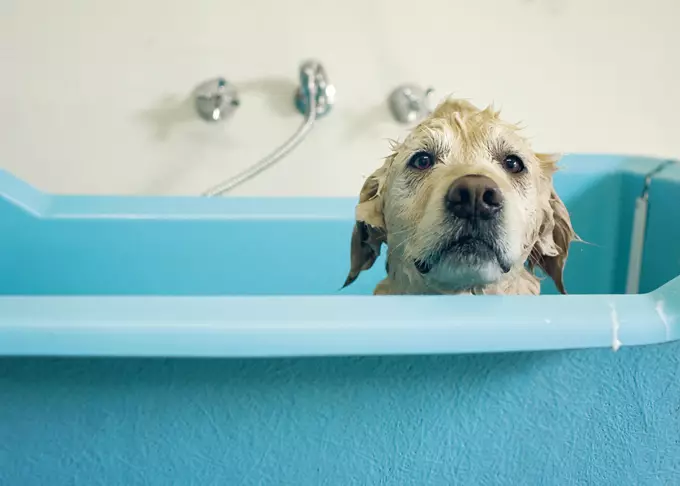Bathing a dog may seem like a daunting task, especially for those who have never tried it before. The process can be overwhelming, and many pet owners might feel inclined to avoid it altogether. However, with the right approach and a few practical tips, you can turn this chore into a delightful bonding experience for both you and your furry friend. This article will guide you through the essentials of home dog bathing, ensuring that your dog will not only come out clean but will also enjoy the process.
Before you even think about turning on the water, preparation is key. One common mistake many first-timers make is neglecting to groom their dogs before the bath. Brushing your dog’s coat is essential; it removes knots and tangles that can become more entrenched when wet. Not only does this make it easier to wash your dog, but it also reduces the likelihood of discomfort during the process. Ensuring that the coat is devoid of loose fur and dirt will ultimately lead to a more effective cleaning.
Additionally, setting up a bathing station should be part of your preparations. Whether it’s a tub, a shower, or even an outdoor setting, having a dedicated spot can make all the difference. Gather the necessary supplies: dog shampoo, towels, a non-slip mat, and a cup or gentle spray nozzle for rinsing. Knowing you have everything at your fingertips will reduce stress during the bath.
When it comes to choosing a shampoo for your pup, opting for a product designed specifically for dogs is crucial. Human shampoos, including baby shampoo, often contain ingredients that are too harsh for a dog’s skin, which can lead to dryness and irritation. When selecting shampoo, pay close attention to the product’s formulation: avoid those that contain sulfates or artificial fragrances.
If your dog has a specific condition like dry skin or a flea infestation, look for products that target these issues. Distinct from regular shampoos, flea medications should never be diluted, as that diminishes their effectiveness. For typical baths, diluting regular dog shampoo can enhance lathering, making the process more enjoyable. Fill an empty bottle with shampoo and add water until achieving the desired consistency, usually around 25% shampoo to 75% water.
Once you’re prepared, it’s time to get down to business. Start by wetting your dog’s coat gradually, beginning from the neck and working your way down to the tail. Avoid the head at first as many dogs are sensitive around their eyes and ears. Wetting your dog slowly reduces anxiety and lets them acclimate to the bathing experience.
Once the body is thoroughly wet, apply the shampoo starting from the hind legs to the tail and then moving forward toward the chest and legs, finally tackling the head with great care. A gentle touch is vital; massaging the shampoo into their coat not only ensures cleanliness but can also double as a pleasant back rub for your dog.
The rinsing phase is just as critical—rinse thoroughly, ensuring all shampoo is removed from the coat. Residual shampoo can lead to skin irritation, so don’t rush. Start with the head and work your way down; it might even be good to check with your hand if the water runs clear.
After the rinse, it’s towel-time! Wrapping your dog in a towel helps absorb excess moisture and minimizes the need for them to shake at the water. Towel drying can also be a comforting experience, providing an opportunity to bond further. If your dog tolerates it, a low-heat hair dryer can be used for additional drying, but always maintain a safe distance from the skin to avoid burning.
Finally, it’s worth mentioning that dogs usually only need bathing once a month. Frequent bathing can strip natural oils from their skin, leading to problems such as dryness and irritation. By grooming and bathing your dog correctly, you can create a positive experience for both of you, emotionally investing in their health and happiness while saving yourself a trip to the groomer. With time and practice, you will find that bathing your dog can become a rewarding routine rather than a dreaded chore.

